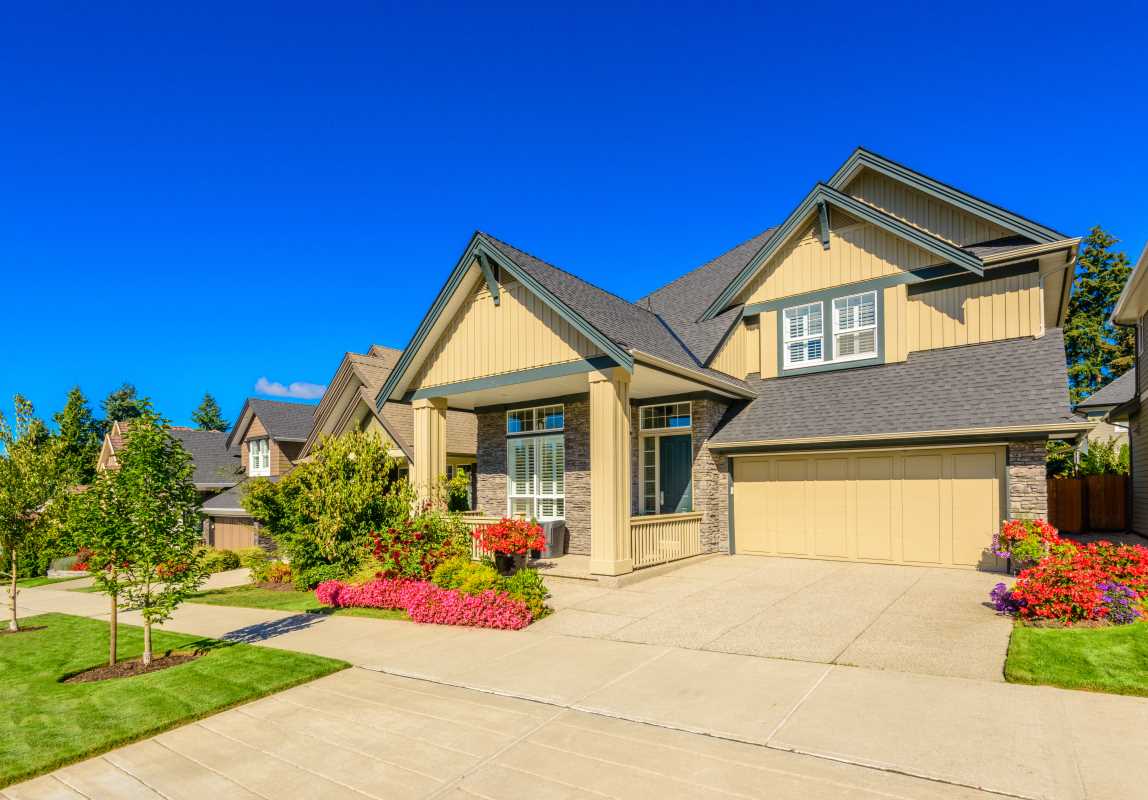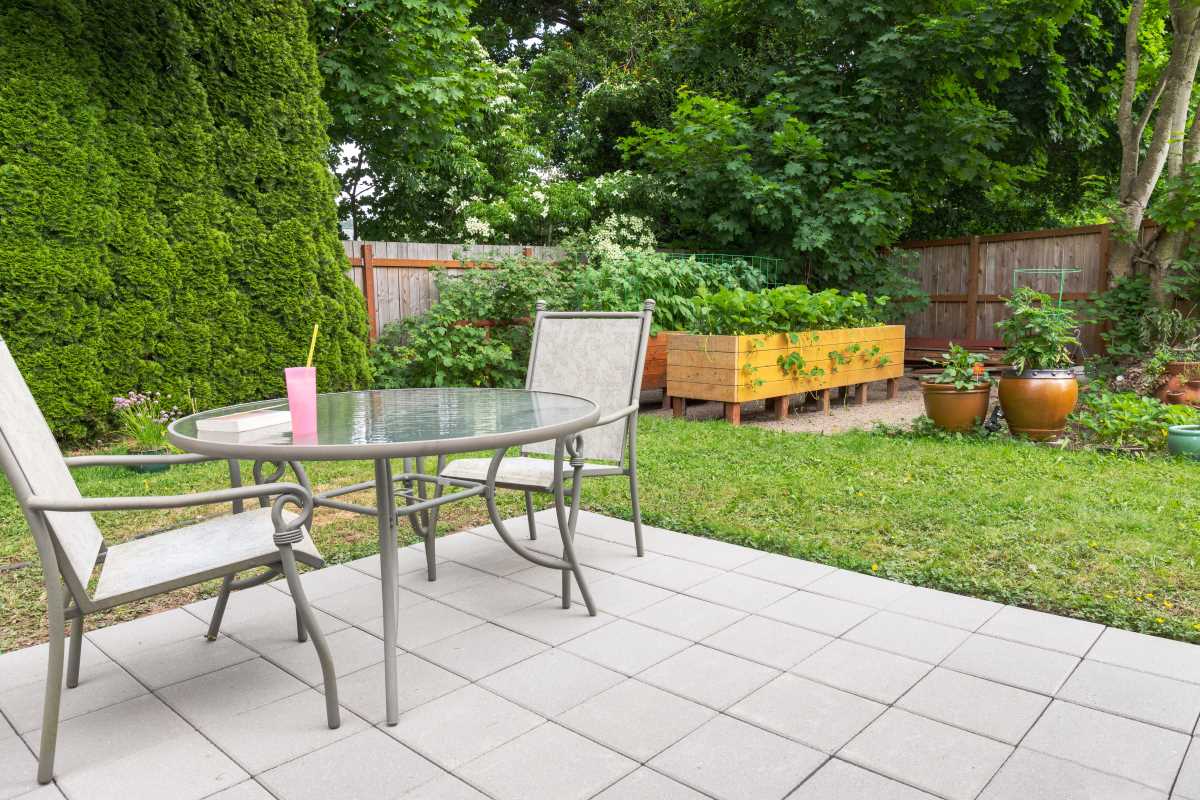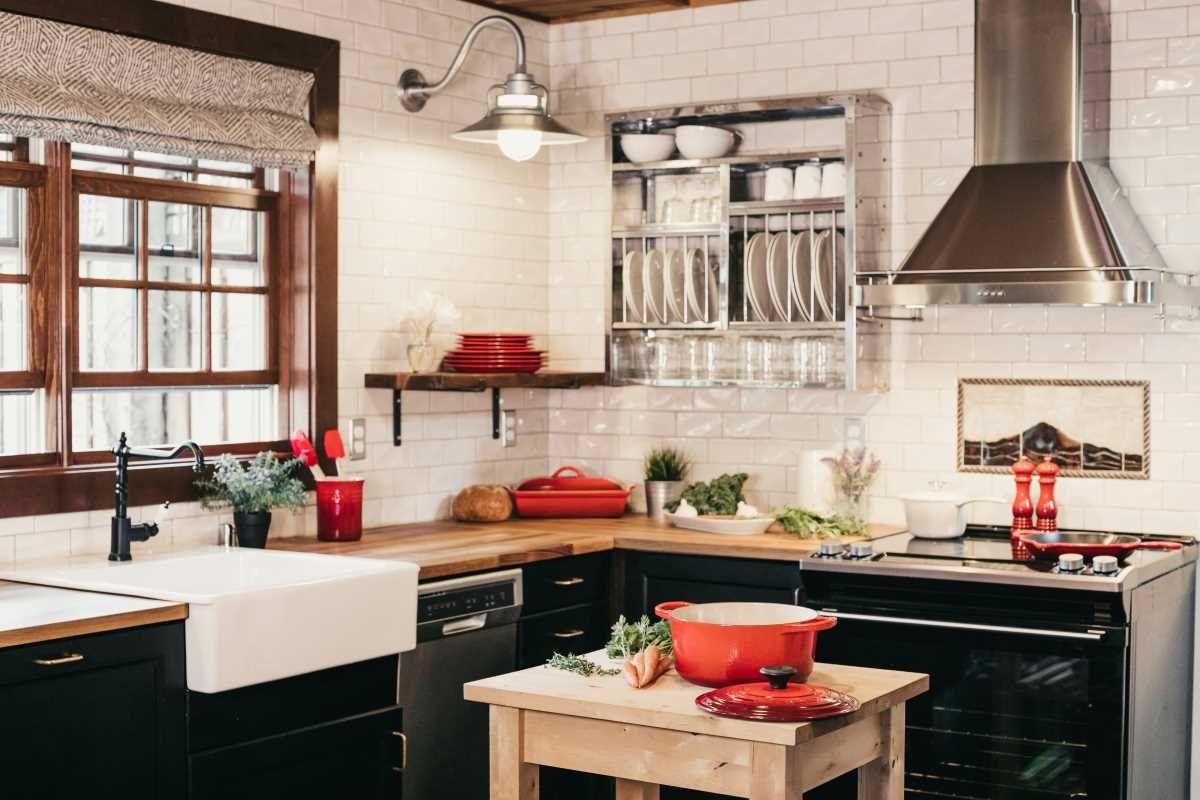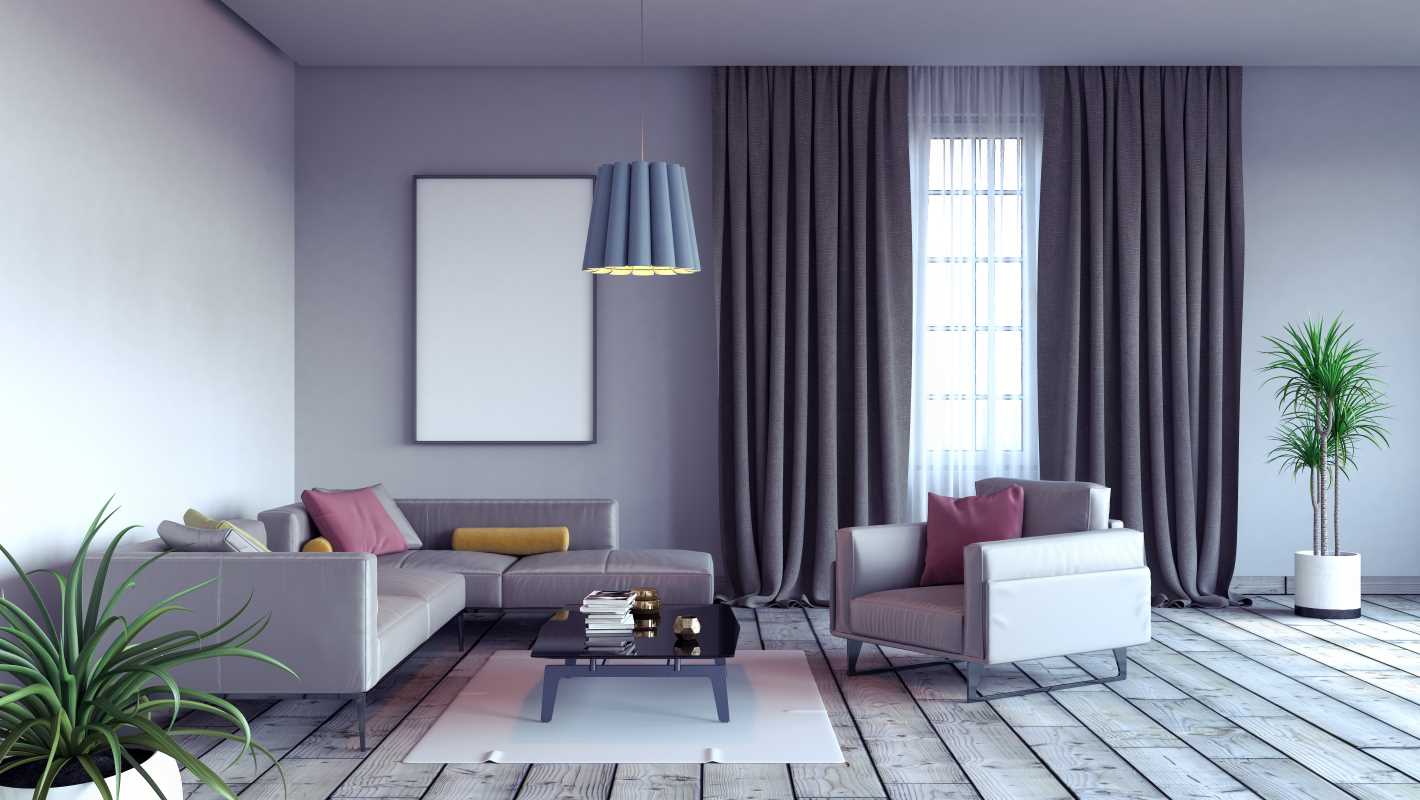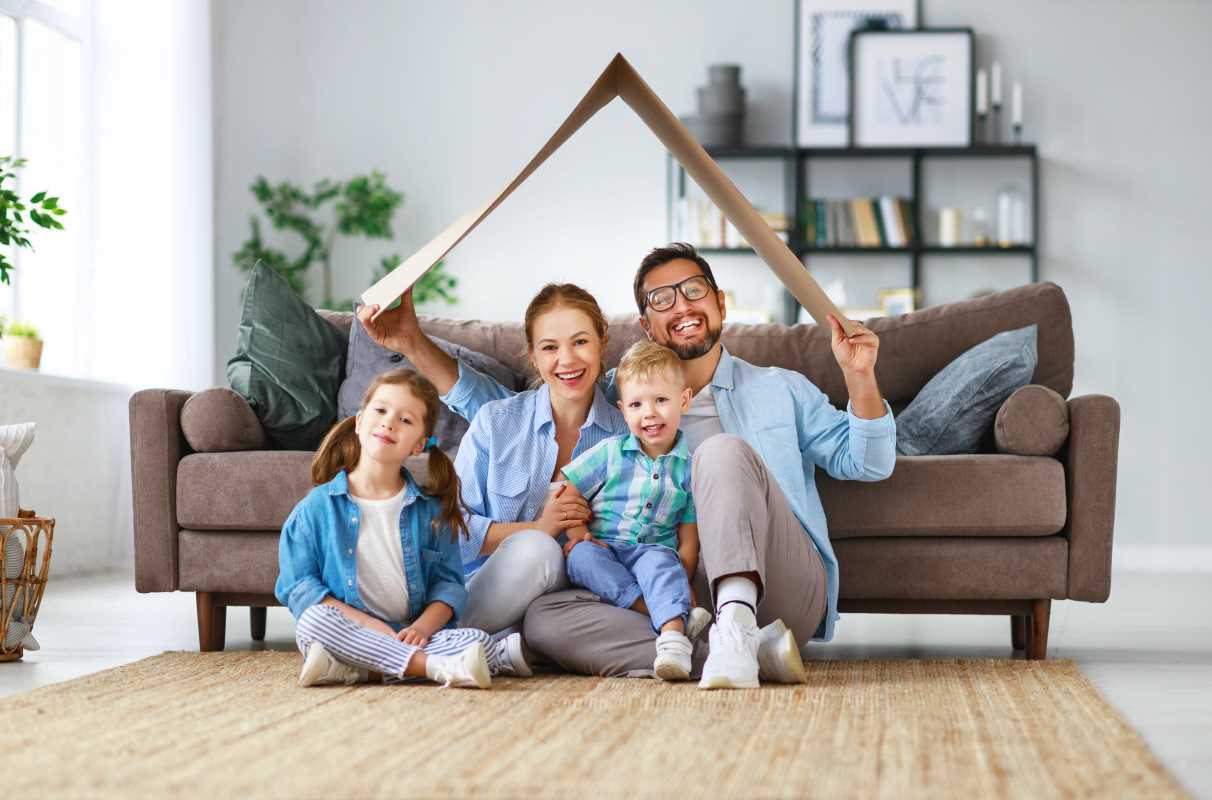Creating an environmentally friendly living space is not only beneficial for the planet but also for your health and well-being. Sustainable home design focuses on reducing environmental impact through energy-efficient practices and eco-friendly materials. By incorporating sustainable principles into your home, you can help conserve resources, reduce waste, and lower your carbon footprint. Let's explore some key aspects of sustainable home design to help you create an eco-friendly living space:
Energy-Efficient Appliances and Lighting:
Investing in energy-efficient appliances can significantly reduce your home's energy consumption. Look for appliances with the ENERGY STAR label, which indicates that they meet strict energy efficiency guidelines. LED light bulbs are another great way to save energy and reduce electricity costs. By switching to energy-efficient appliances and lighting, you can lower your carbon footprint while also saving money on utility bills.
Natural and Recycled Materials:
When designing a sustainable home, consider using natural and recycled materials whenever possible. Sustainable materials such as bamboo, cork, and reclaimed wood are not only environmentally friendly but also add a unique and stylish touch to your home. These materials are renewable, non-toxic, and have a lower environmental impact compared to conventional materials. By incorporating natural and recycled materials into your home design, you can create a healthier living space for you and your family.
Water Conservation:
Water conservation is a key component of sustainable home design. Installing low-flow faucets, toilets, and showerheads can help reduce water usage and lower your water bills. Additionally, harvesting rainwater for irrigation and using drought-resistant landscaping can further minimize water consumption. By implementing water-efficient practices in your home, you can contribute to water conservation efforts and create a more sustainable living environment.
Passive Solar Design:
Passive solar design is a sustainable building strategy that harnesses the sun's energy to heat and cool a home. By strategically positioning windows, awnings, and shading devices, you can maximize natural light and ventilation while reducing the need for artificial heating and cooling. Passive solar design not only reduces energy costs but also creates a comfortable and well-lit living space. Incorporating passive solar principles into your home design can help you achieve a more sustainable and energy-efficient living environment.
Indoor Air Quality:
Indoor air quality is a crucial aspect of sustainable home design. To create a healthier living environment, consider using low-VOC (volatile organic compound) paints and finishes, as well as natural ventilation systems. Plants are also excellent air purifiers and can help remove toxins from the air. By focusing on indoor air quality in your home design, you can promote better health and well-being for you and your family.
Waste Reduction and Recycling:
Sustainable home design also involves reducing waste and promoting recycling. Implementing a recycling system in your home can help divert waste from landfills and conserve valuable resources. Additionally, choosing durable and long-lasting materials can minimize the need for replacements and repairs. By prioritizing waste reduction and recycling in your home design, you can contribute to a more sustainable lifestyle and create a greener living space.
Incorporating sustainable principles into your home design can have a positive impact on the environment and your overall quality of life. From energy-efficient appliances and natural materials to water conservation and passive solar design, there are various ways to create an environmentally friendly living space. By making conscious choices and embracing sustainable practices, you can enjoy a more sustainable, efficient, and healthy home for years to come.
